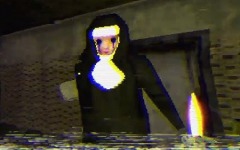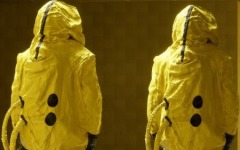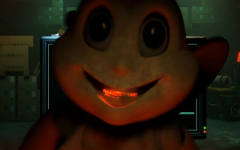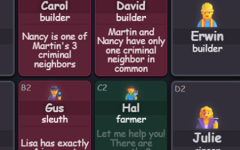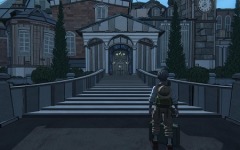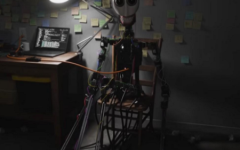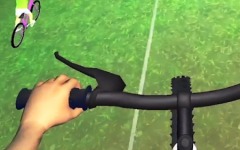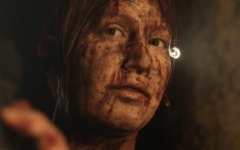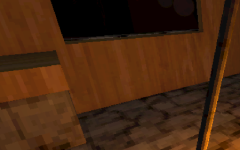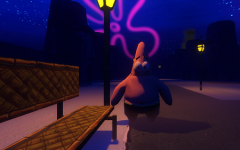Advertisement
Deadcam (Demo)
Advertisement
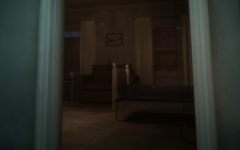
Deadcam (Demo) is a short but focused first‑person horror experience built around the tension of watching and following a live video feed. You are placed inside an isolated, decaying house connected to the disappearance of a small paranormal investigation crew. Your link to the truth is the head‑mounted camera worn by Margo, one of the missing investigators. Her feed plays in real time, showing fragments of her surroundings and, at times, subtle glimpses of where she might be in relation to you. This mechanic creates a constant thread of unease—each step you take is informed by what you see on her camera, yet you can never be certain if following the clues will lead you closer to answers or danger.
Environment And First Steps
The interior of the house feels suffocating, with narrow hallways, boarded‑up windows, and creaking floors that betray your every move. Dim lighting and static‑filled visuals from Margo’s feed heighten the sense of claustrophobia. The demo encourages slow exploration, forcing you to piece together a mental map of the house while keeping your attention fixed on the live footage. Early moments serve as a learning phase—testing how close you can get before her presence becomes a threat and understanding how quickly situations can shift from calm to tense.
Core Player Actions
Throughout the demo, the player is expected to:
- Track Margo’s movements by studying her live camera feed
- Navigate rooms and corridors while avoiding detection
- Use cover and environmental obstacles to stay hidden
- Listen carefully for audio changes that hint at her approach
- React quickly to sudden feed distortions or cut‑outs
These actions demand patience and precision, as rushing increases the risk of being caught off‑guard.
Tension And Unpredictability
Deadcam (Demo) thrives on unpredictability. The feed might briefly freeze, distort, or vanish entirely, leaving you in suspense about where Margo has gone. Every new flicker or angle change could mean she is just around the corner. The combination of shared space and delayed information makes even short distances feel unsafe. This uncertainty forces the player into a careful rhythm—moving only when sure of her position and retreating when the feed becomes unreliable.
Impact And Future Potential
While its runtime is short, Deadcam (Demo) makes a lasting impression with its unique mechanic of blending direct exploration with indirect surveillance. The analog horror presentation, minimal interface, and AI unpredictability work together to deliver a sense of dread that feels personal. If expanded, the concept could support more varied locations, multiple characters to track, and even scenarios where the feed itself becomes a puzzle to decode. As it stands, the demo offers a memorable slice of horror that uses observation as its most powerful weapon.





















































































































